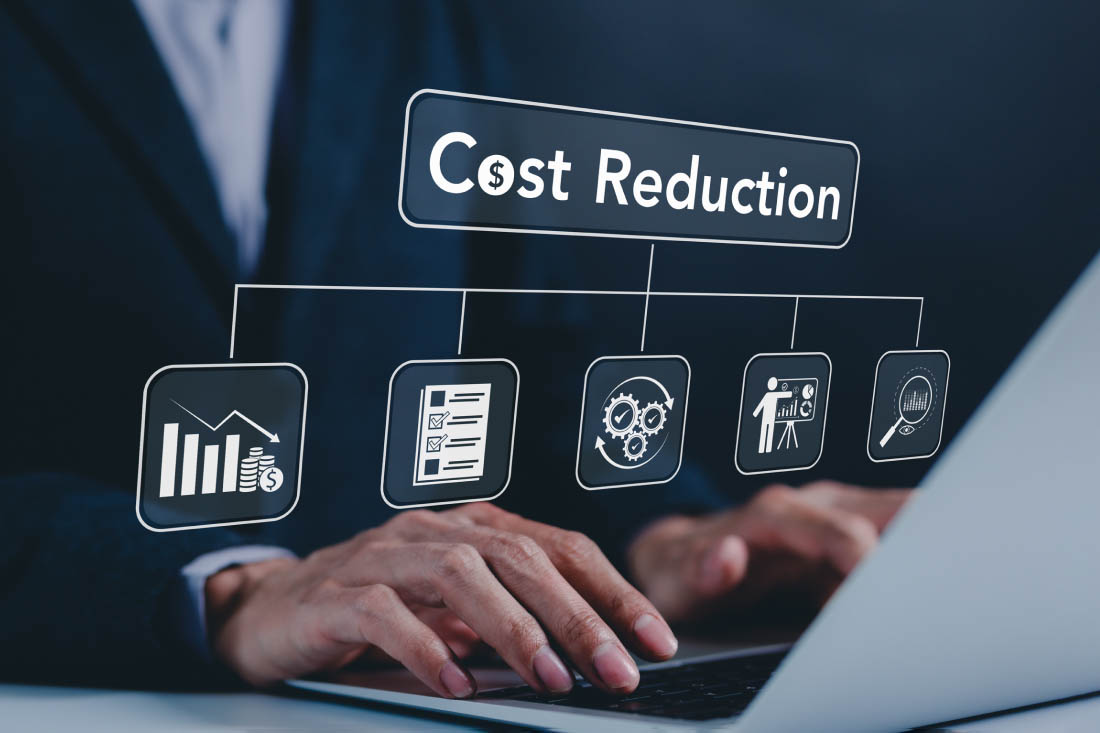Strategic hiring and promoting is an important aspect of staying competitive in today’s landscape, but workforce planning is a skill that few organizations take the time to master. A long-term mindset around employee roles and headcount enables your organization to adapt and evolve proactively, rather than reactively.
In this post, we discuss why workforce planning is essential to your organization’s success and tips to do it effectively.
What is workforce planning?
Workforce planning involves analyzing current workforce supply and demand against future forecasts, then making adjustments to bridge gaps. This includes looking at the capabilities of your current workforce by assessing their availability, skills and performance — then predicting future demand and identifying areas you may fall short in. To do this, you’ll need a thorough analysis of your organization’s current workforce, from skills and competencies to performance and productivity. You’ll compare your current workforce to the one your company needs to achieve goals and objectives, then bridge gaps in areas like headcount, skills and utilization. Workforce planning will help ensure you have the right people with the right skills at the right time to meet company objectives.
Why is workforce planning important?
Workforce management is critical for keeping businesses agile, productive and prepared for the future. Not only that, it also helps organizations to:
- Stay ahead of changes
- Scale for growth
- Fill skill gaps
- Improve efficiency and reduces costs
- Increase employee engagement
Below, are more ways that show the importance of workforce management in driving long-term success.
1. Aligns business strategy with workforce planning
Workforce planning aligns your human resource strategy with your overall business goals. When you consider future talent needs and skill requirements, you proactively develop a workforce that drives success. This empowers your organization to increase production, add new products or services, improve customer service outcomes and more in a strategic manner while also responding adequately to unexpected changes in your headcount or operational capacity. Operational workforce planning is a core part of strategic alignment and a key component of your human resource management strategy.
2. Ensures business continuity
While technology and market forces continually change the business landscape, including workforce supply and demand, workforce planning focuses on ensuring business continuity. By forecasting future talent needs and performing regular gap analysis, organizations can take pre-emptive measures to address challenges to ensure a future workforce that is equipped to push the business forward. From succession planning to upskilling current employees, workforce planning enables businesses to minimize workplace disruptions and maintain operational excellence.
3. Enhances employee productivity
Employee productivity is a main driver of your organization’s success. Effective workforce planning goes beyond talent management to identify skill gaps and develop targeted training programs, enhancing employee skills and competencies. The workforce planning process also includes identifying the tools and technologies that employees need to complete their tasks with the highest operational efficiency. This investment in the employee experience not only improves productivity but also boosts morale and engagement, leading to higher levels of job satisfaction and retention.
4. Reduces labor costs
With strategic workforce planning, create proactive plans to deal with changes, even when they’re unexpected. The result? Reduced labor costs. When recruiting and HR teams know a new product or service is coming, they can ramp up their efforts to ensure the project is staffed by trained team members before work begins rather than having to overpay to get people on board at the last minute. Action planning also ensures team members are equipped to handle unexpected changes in staff, such as team members leaving or taking a leave of absence for illness, so that tasks can be reassigned without affecting the overall team structure. Workforce planning models also make sure workers aren’t overwhelmed — improving retention rates and saving your organization even more resources in hiring and training.
5. Targets inefficiencies
Find gaps in skill sets as well as processes and tools so that your team can target inefficiencies. Full analysis of your workforce highlights bottlenecks and unused tools (allowing you to automate repetitive tasks), increases collaboration and streamlines workflows. With data and insights on how and when employees work best, organizations can target employee efficiency as well as organizational processes that hold teams back.
5 steps involved in workforce planning
Workforce planning looks different for every organization and varies from industry to industry, but there are a few steps to apply generally:
1. Develop your business strategy
To align your workforce needs to your long-term business goals, you need to first develop your business strategy. This includes your organizational goals and budgets as well as market and competitive position. A full organizational strategy will include a holistic look at where your business is now and where you want to be.
2. Analyze demand and supply for your workforce
Take a deep dive into your current workforce, including headcount, job roles and skill sets. This is your workforce supply. Then compare what you currently have to what you need to complete your business strategy goals. This is your demand. Using in-depth data and metrics, determine what’s missing between the current and future workforce needs. You’ll look at workloads, productivity levels, turnover and future requirements to project if your current workforce can achieve your strategy goals.
3. Create your workforce plan
Based on your gap analysis for workforce supply and demand, write an action plan to bring your workforce in line or ramp up hiring. A good workforce plan includes contingencies for unexpected situations, such as projects that don’t hit a deadline, key employees leaving or major shifts in the economy.
4. Put the workforce plan into action
You may need to hire more staff, train and develop current staff, work with contractors or implement new technology solutions. You may also find that you need to downsize in certain areas or consolidate teams.
5. Track your progress
After implementation, use change management data to monitor how the workforce plan is working. You may need to change the plan or update it as you find what is best for your organization. If the goals of the organization change, adjust the plan to maintain strategic alignment.
Frequently asked questions (FAQs) about workforce planning
How is workforce planning different from workforce management?
Workforce planning is a long-term strategy to predict workforce requirements based on the company’s overall strategic plan and goals compared to the current workforce picture. Workforce management deals with the current workforce as it is and includes improving efficiency, managing workloads and daily task management.
What are the key elements of workforce planning?
The overall goal of workforce planning is to bring human resources strategies in line with organizational goals. This generally includes reducing costs, improving resource allocation and improving the employee experience with a view to the long-term health of the overall company. To create an effective workforce plan, it’s important to address these key elements:
- Flexibility and adaptability
- Addressing inefficiencies
- Improving employees’ quality of work
- Reducing the cost of labor
- Retaining employees better
- Targeting training and development opportunities
How does workforce planning contribute to business success?
Workforce planning has several benefits for businesses, including:
- Improving customer service and satisfaction
- Strategic alignment of recruiting and human resources with overall business goals
- Reducing overhead costs and wasted resources
Implement workforce planning effectively with ActivTrak
Understand your workforce data and develop your workforce plan with ActivTrak’s workforce planning platform.
- See the effects of organizational change on your workforce to see what’s working and where you need to make further changes.
- Get the data you need to make informed decisions, with important workforce planning metrics including headcount, absenteeism rate, cost per hire and training cost per employee.
- Go deeper with diversity and inclusion percentages, burnout rates and quality of hire rates to find gaps in your workforce.
- Measure employee engagement to determine where you can invest to improve productivity and job satisfaction, leading to more productive employees who are also more likely to stay on your team.
- See where you should reinvest in technology and maximize your office space utilization with data on when, where and how employees are most productive.
- Improve training strategies and rebalance workforce capacity by seeing where employees may be overwhelmed, underperforming or underutilized.
- Reduce organizational risk by preventing burnout and increasing retention and engagement.
- Align your HR department with overall business objectives to streamline recruiting and retention.
Schedule a demo of ActivTrak today to learn more about the benefits of workforce planning for your organization and how our software can help.





